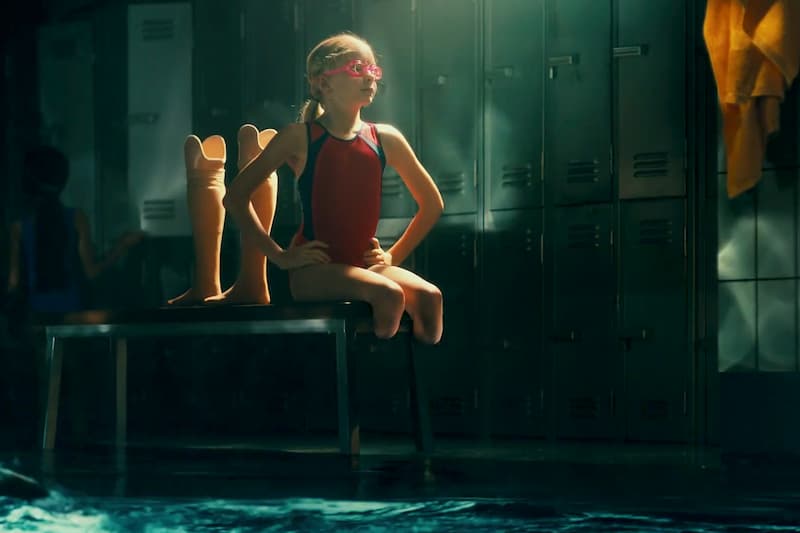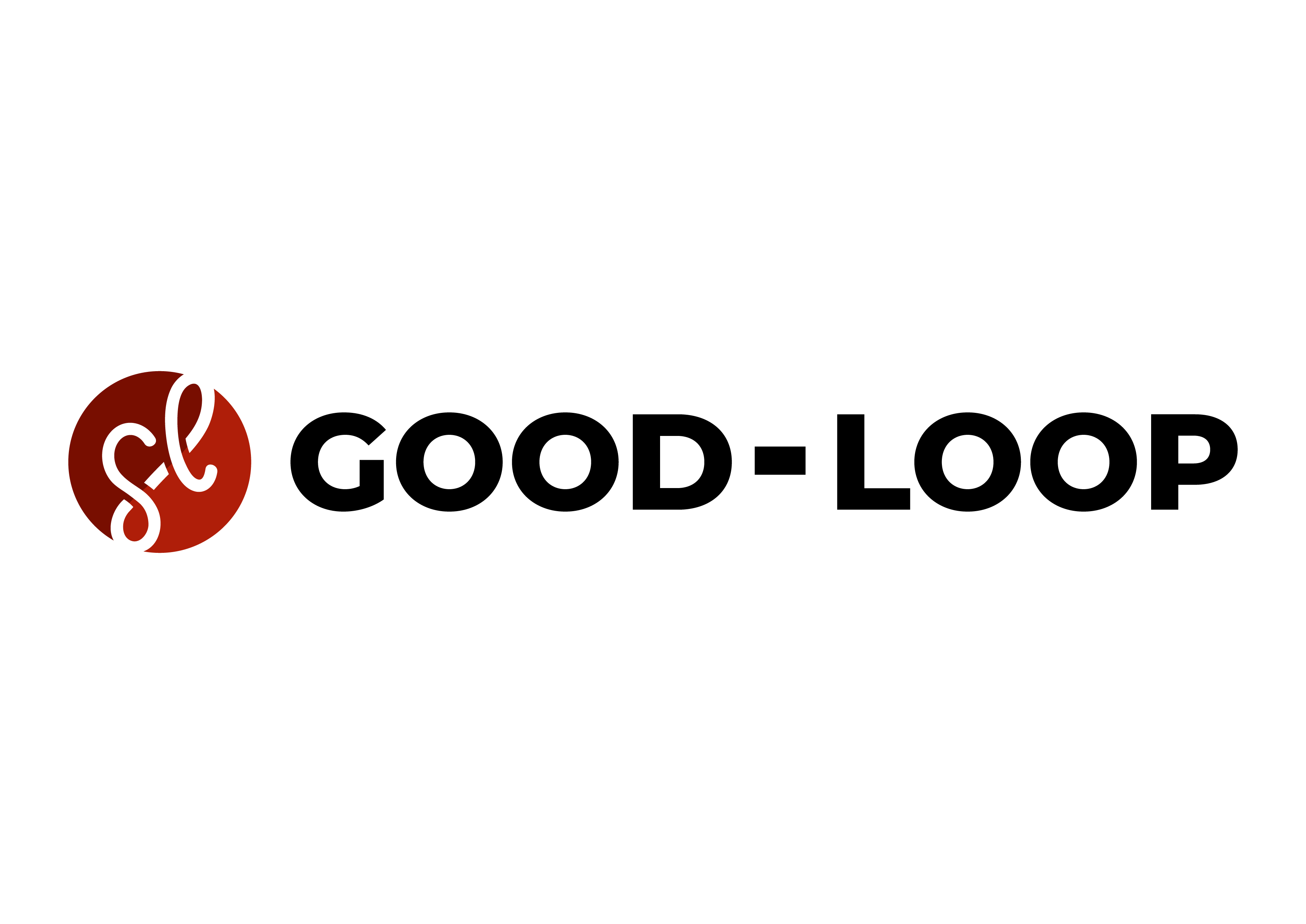Remember Toyota's Super Bowl ad from last year? I certainly do. Telling the incredible story of Jessica Long, who fought back from having her legs amputated when she was young to become the most-decorated Paralympian of all time, "Upstream" certainly packed an emotional punch. And left me reaching for the tissues.
But it wasn't just its inspiring, heartfelt message that left many fans to regard it as the standout ad from 2021's Big Game. The spot's simple message of overcoming adversity and the challenges life throws at you resonated strongly with a population firmly in the grip of the COVID pandemic.
So it's no surprise the ad featured heavily at the top of various lists of the best ads of Super Bowl 2021, and was even crowned by ad tech company Unruly as "the Super Bowl campaign most likely to have the biggest impact on brand and business metrics".
As well as generating the most intense emotional responses from viewers of any Super Bowl ad last year (2x the US norm), the ad also managed to drive the highest level of desire to find out more among consumers (70%). That's significant engagement and attention in the Toyota brand and its products.
Pretty impressive for an ad that doesn't feature a single car.
But then this is not your average car ad. No shots of people gazing adoringly at someone driving the latest Toyota through the hot city streets. No shots of someone driving a Toyota really fast through the mountains. The main star of the ad is not a car, but a champion athlete with an unsinkable spirit.
Some may consider that Toyota using its Big Game ad to (in the words of group VP for Toyota marketing, Lisa Materazzo) "shine a light on athletes like Jessica who work tirelessly every day to pursue their passion and inspire people around the world to reach their full potential" rather than showcase its latest model was a waste of a Super Bowl spot (and the millions of dollars in airtime).
But rather than looking for quick sales wins, Toyota had its eyes firmly set further down the road.

Source: Toyota's "Upstream"
Studies have consistently shown that emotional engagement and attention are powerful factors in driving brand salience, which could make all the difference the next time consumers are in a showroom deciding which car to buy next.
Of course, such an approach is nothing new - even at the Super Bowl. You only need to look back at previous Big Games ads over the last few years to see how focusing on purpose rather than products can deliver results on the big stage.
In 2018, Budweiser's "Stand by You" spot, which highlighted the brand's various water relief initiatives, and Toyota's "Good Odds", in which Toyota also eschewed the opportunity to showcase its latest model and instead followed the journey of a Paralympic champion, finished top of Unruly's most effective Super Bowl ads ranking.
No surprise then that the following year there was a 43% increase in 'purpose-driven' messages at the Super Bowl compared with the previous year (source: Twitter). This pivot to purpose was a huge success, with 88% of tweets about these purpose-driven ads positive.
Microsoft's "We All Win" ad, which perfectly illustrated the company's commitment to making its technology accessible to all, was the real standout Big Game campaign that year. Not only did it top Unruly's ranking of the most effective campaigns, but it also generated a staggering 58% of all the tweets about purpose-driven Super Bowl 2019 ads.
And let's also not forget Budweiser, who attracted a lot of praise when it chose not to run a Super Bowl ad for the first time in 37 years in 2021, and instead chose to redirect its ad dollars to support COVID-19 vaccines awareness and education. The ad it used to promote its non-appearance at the Big Game again attracted one of Unruly's highest-ever effectiveness scores.
The list goes on and on. In fact, over the last few years around a quarter of Super Bowl advertisers have focused their spots around various causes ranging from gender equality to disaster relief. And with good reason.
By aligning with causes that consumers care passionately about, brands know they can engage viewers emotionally in a way that product-powered messaging simply can't achieve.
That's especially true of younger consumers, who are increasingly motivated to buy a product or service based not just on its price or its benefits, but by the values and purpose of the company behind the brand.
But don't take my word for it. A recent study found that 55% of Gen Z and 60% of Millennials prefer to buy from brands that reflect their stance on social issues. And there are a lot of other studies that agree.
Now more than ever before, consumers' purchasing decisions are ultimately swayed by the causes they believe in. As Simon Sinek states in his book Start With Why: "People don't buy what you do, they buy why you do it".
This year's Super Bowl - due to be played at the SoFi Stadium in Inglewood, California, on February 13 - will be no different. Still living in the shadow of COVID, no doubt we'll see brands once again try to lift the gloom with funny celebrity spots. It is the Super Bowl, after all.
But don't be surprised if once again we see a brand steal the show with a heartwarming, emotionally-charged campaign that looks beyond the products and services they sell and instead focuses on the causes they're passionate about. So get the tissues ready.
The playing field at the Super Bowl has changed. The rules are different. It's time for brands to play ball.

